Utility-Scale Solar Farms
Platteville Solar Field
When United Power energized the Platteville Solar Farm in November 2017, it was the largest cooperative solar farm in Colorado at 16 megawatts (MWAC), surpassing its own solar farm in Ft. Lupton. It remains the co-op's largest solar field.
The cooperative partnered with Silicon Ranch Corporation, which also helped on the Ft. Lupton and Mavericks Solar Farm projects. Silicon Ranch is a leading developer, owner, and operator of solar energy plants, and owns and maintains the Platteville Solar Farm. United Power will purchase energy produced by the solar farm over the next 20 years.
The solar farm occupies 175 acres of land, located off County Road 28, just east of Platteville. There are more than 185,000 solar panels operating on technology that allows them to track the sun from east to west, producing enough low-cost, renewable power to serve 3,000 United Power members annually.
Rattlesnake Solar Field
United Power completed construction on its newest solar project in December 2020, again in conjunction with Silicon Ranch. The Rattlesnake Solar Farm is located directly adjacent to the Platteville Solar Farm and provides an additional 6 megawatts of energy to the cooperative's renewable portfolio, roughly the same size as the Mavericks Solar Farm located near Mead.
Platteville Solar Farms
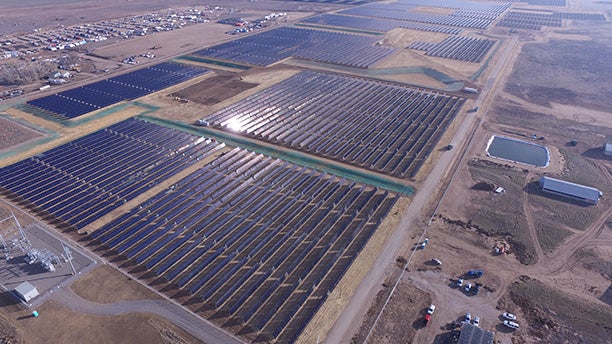
Mavericks Solar Farm
In December 2016, United Power energized its third utility scale solar field – Mavericks Solar Farm, a 7.5 megawatt (MWAC) solar energy plant located near Mead, Colo. To help meet the cooperative's growing renewable goals, it again partnered with Silicon Ranch Corporation, who owns and maintains the solar farm. United Power will purchase energy produced over the next 20 years.
The solar farm occupies 50 acres of land, located off County Road 34, about 1.5 miles southwest of Mead Town Hall. More than 75,000 solar panels operating on the same single-axis tracking system installed at the Ft. Lupton Solar Farm earlier in the year help generate 7.5 megawatts of capacity. Mavericks is expected to generate more than 16 million kilowatt hours annually, enough to power 1,200 homes.
The project site is just a few miles from Mead High School, home to the Mead Energy Academy, an innovative program that exposes students to the principles of energy generated from both conventional and renewable sources. See details on the Academy below.
Mead Energy Academy
United Power, Silicon Ranch and McCarthy Building Companies, the construction firm that built the solar farm, are partnering with the Mead Energy Academy to create educational opportunities for students to learn more about the role solar energy plays in a diversified energy mix. As a tribute to the special partnership, the team has named the facility the Mavericks Solar Farm after the high school’s mascot.
The unique Mead Energy Academy program offers a choice between academic college-bound course work and practical workforce-ready courses in a variety of energy industries including: solar power, nuclear power, hydropower, fossil fuels, bioengineering technologies and wind power. Mead Energy Academy prepares students for college studies, technical education, certification programs and the workforce.
Mavericks Solar Farm
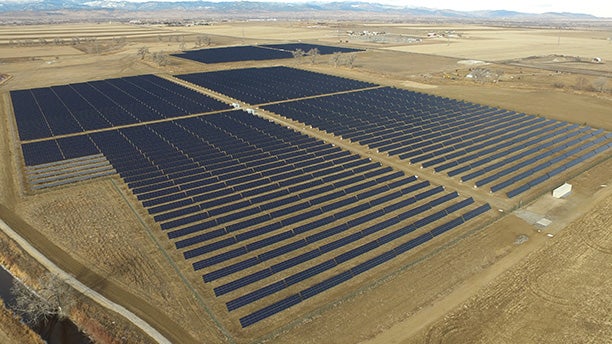
Ft. Lupton Solar Farm
In June 2016, United Power energized its second utility-scale solar field four miles east of Ft. Lupton. The project began in late 2014 after the cooperative initiated an effort to incorporate cost-effective renewable energy sources to help meet renewable energy goals. Silicon Ranch Corporation, who owns and operates the farm, partnered with United Power on the project, who will receive all energy produced over a 20-year period.
The solar farm occupies 90 acres, and features a single-axis tracking system allowing 160,000 panels to follow the sun across its daily arc, generating 25 percent more energy than a traditional fixed panel system.
The Ft. Lupton Solar Farm generated 13 megawatts, or enough to power more than 2,500 homes and businesses in Weld County.
Unique Fact: This farm is expected to generate more than 34 million kilowatt hours annually.
Fort Lupton Solar Farm
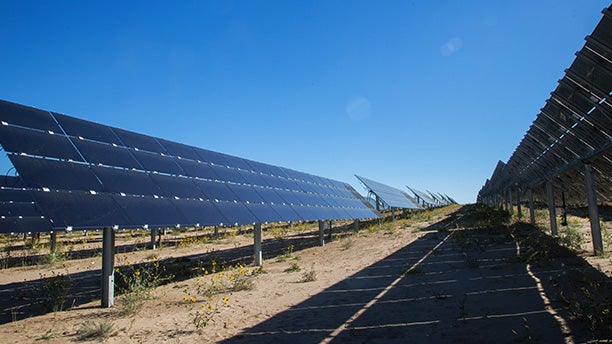
Hangar 160 Solar Field
Hangar 160, powered in December 2012, was the first utility-scale solar field United Power brought online. It took less than 2 months to build the 2.28 MW project using only local contractors.
Located just south of State Highway 7 on Colorado Boulevard, this privately owned solar installation was the largest for any electric cooperative in Colorado at the time. Approximately 7,500 panels are on site, enough to power nearly 500 homes.
This particular solar installation is tied directly into the local distribution grid. Most utility-scale solar farms are located in remote areas and connect to the utility transmission system hundreds of miles away or connected on-site, such as panels used to power Denver International Airport.
Unique Fact: The Bonfiglioli 1000 volt inverters used at this location were the first in the United States.
Hangar 160 Solar Farm
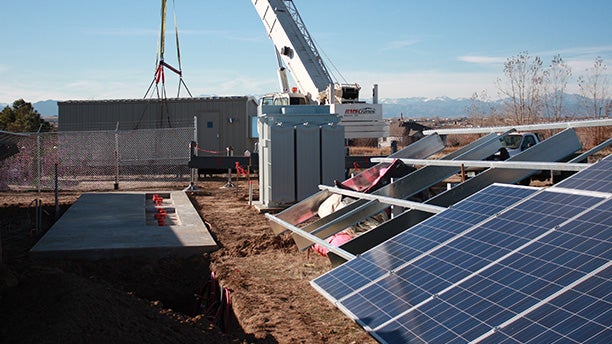
Community Solar Projects
Sol Partners Cooperative Solar Farm
May 2019 marked the 10-year anniversary since United Power energized Colorado's first community solar program, located on a small plot of land at its Brighton headquarters. Panels were available for rent by members who would receive a credit on their statement over a 25-year period. The program was ideal for members who own homes not properly sited for solar installations; those who rent homes, apartments, or offices; and anyone interested in purchasing solar panels but could not afford the investment.
The program is currently sold out.
Sol Partners
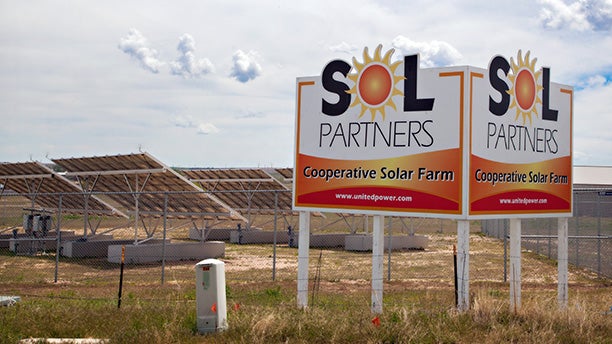
Other Innovative Energy Projects
Carbon Valley Battery Storage Facility
In December 2018, United Power went live with its much anticipated utility-scale battery storage project at the Carbon Valley Service Center, located on the I-25 Frontage Road south of state Highway 119. The project, developed in collaboration with Engie North America, a Chicago-based solar PV and energy storage developer wtih a special focus on serving rural electric cooperatives, the storage facility is the largest of its kind in the state of Colorado and one of the largest cooperative-owned and -operated systems anywhere in the country.
The introduction of battery storage to United Power's portfolio will allow the cooperative to save an expected $1 million each year in wholesale capacity charges. The primary goal for its battery storage facility is peak shaving. Energy generated from all sources on United Power's grid will be stored during low demand hours to be discharged during high-peak periods throughout the year. The facility also better positions the cooperative to respond to future innovation and development within the energy environment.
Energy storage is the logical next step for incorporating more renewable generation into the utility system. Storage not only allows energy to be shifted from one period to another (for example, day to night), but also allows a more efficient operation of the distribution grid with the advent of increasingly localized distributive generation.
"As one of the fastest growing co-ops in Colorado, United Power wants to stay ahead of the curve when it comes to integrating new technology that can help boost reliability and keep costs down," said United Power CEO John Parker. "Energy storage will play an important role in the grid of the future, and we're excited to be starting now."
A second smaller Tesla battery system rated at .5 MW/4 hours has been commissioned at United Power's Brighton headquarters.
CVSC Battery Storage Facility
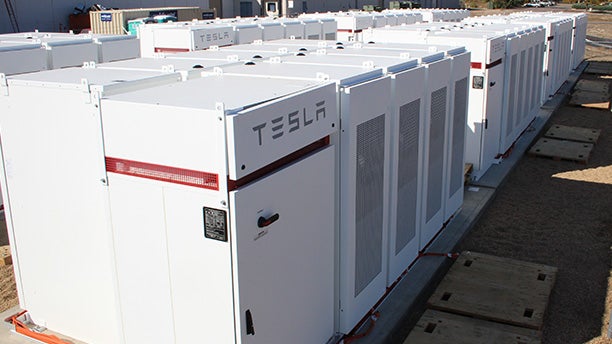
Technical Specs
Technology:
Tesla PowerPack ESS - Lithium Ion
Rating (Size):
4 MW / 4 Hour / 16 MWh
100% depth of discharge
Thermal Management:
Integrated Liquid Cooled
Fire Protection:
N/A
Round Trip Efficiency:
89%
Warranty:
100% after 10 years
80% after 15 years
End-of-Life:
No-cost recycling
Modules:
80 individual modules (@ 50kw), expandable as needed
Charge:
Direct from grid, normally during off-peak hours
Discharge:
Behind retail meter, connected to distribution system voltage
Methane to Megawatts Project
In November 2011, the Town of Erie officially opened the Landfill Gas to Energy Project in partnership with United Power to capture methane released from three neighboring landfills. Methane, the natural byproduct of the landfill's fifteen million tons of decomposing waste, provide a renewable power source that will energize more than 3,300 homes on United Power's lines per year. The project is estimated to produce 3.2 megawatts of capacity.
Landfill gas generating systems are unique because they provide a renewable, baseload energy source. Unlike wind or solar renewable energy sources that are intermittent and only generate energy when the wind blows or when the sun shines, methane can be captured consistently 24 hours per day, providing a reliable energy source. The Erie landfill gas to energy site is estimated to produce renewable electricity for Erie residents served by United Power for at least 30 years. Learn more here.
United Power has signed an agreement to purchase all of the output from the Erie Landfill for ten years. United Power is a distribution cooperative, meaning the cooperative is not in the business to generate electricity, but the power agreement the co-op has with wholesale power provider, Tri-State Generation and Transmission, allows United Power to purchase a small portion of its energy needs from small, local generating sources.
The Erie landfill site is only the second site of its kind in Colorado—the first is located at the Denver Arapahoe landfill in Aurora. Landfill Energy Systems, the developer for the Erie site, operates 38 facilities in 16 states. It is estimated that the Erie Landfill Gas to Energy Project will prevent the equivalent of about 30,000-metric tons of carbon dioxide from reaching the atmosphere each year. That is equivalent to removing approximately 5,280 cars from the road.
Erie Landfill Gas to Energy Project
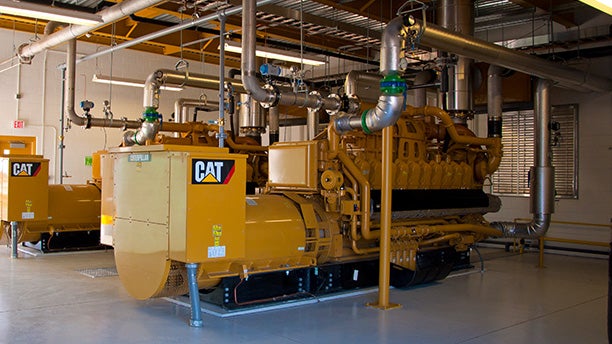
Wind Demonstration Project
In January 2010, United Power installed a wind generation demonstration project near the Gilpin County Recreation Center in partnership with Gilpin County and the CSU Extension Office. The project utilized a 2.1 kW Skystream wind generator, the kind frequently used for residential applications, to demonstrate the feasibility of renewable wind generation.
In January 2014, the wind turbine was disconnected. During its four years of activity, the turbine produced 4,411 kWh.
For information about the demonstration project, contact the CSU Extension Office at 303-582-9106 or visit the CSU Extension website. For more information about United Power’s renewable energy and energy efficiency rebates, contact United Power at 303-637-1300 or click here.
Gilpin County Wind Turbine
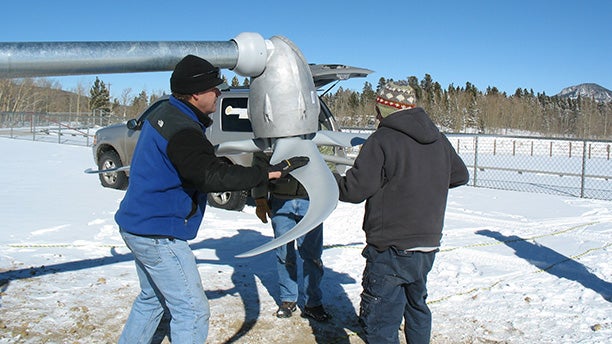
Project Details
Energized: January 2010
Generator: 2.1 kW Skystream
Disconnected: January 2014
Generation: 4,411 kWh

